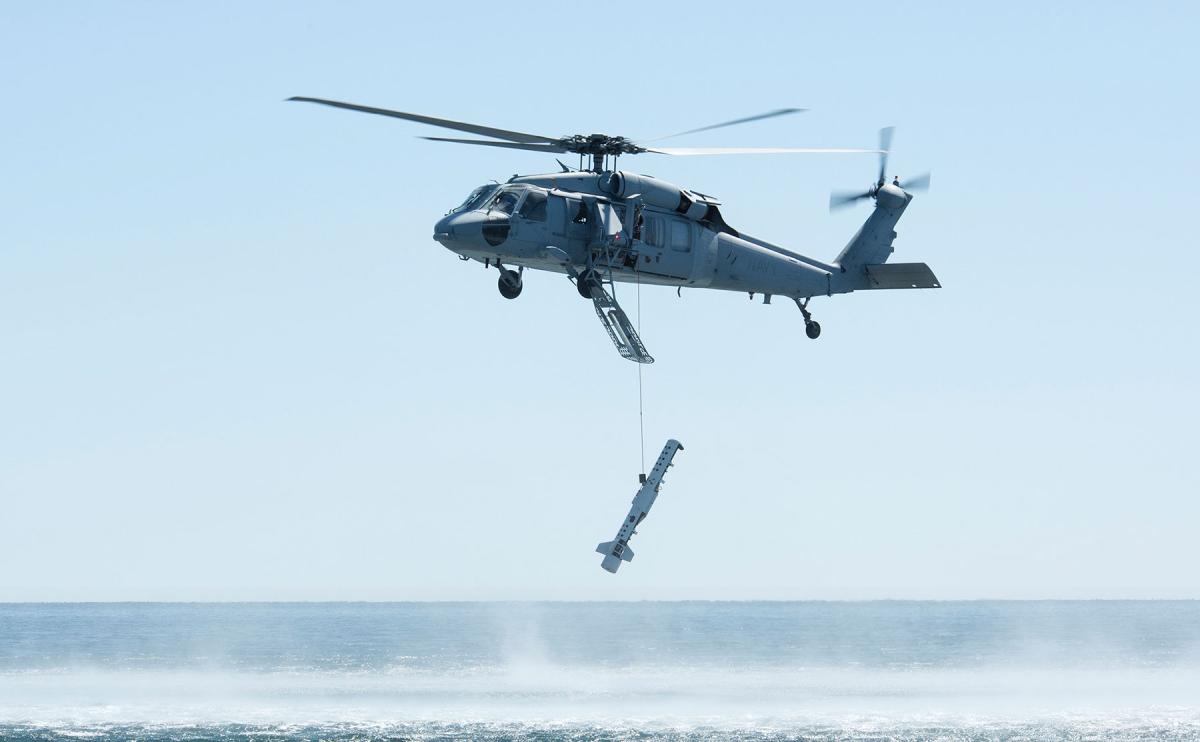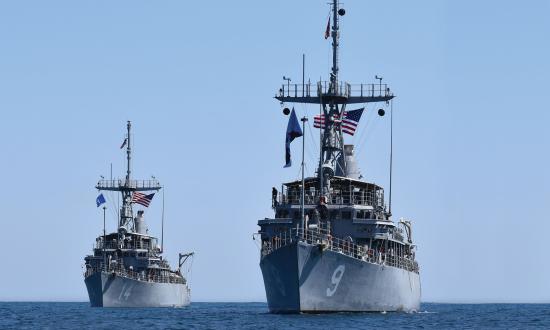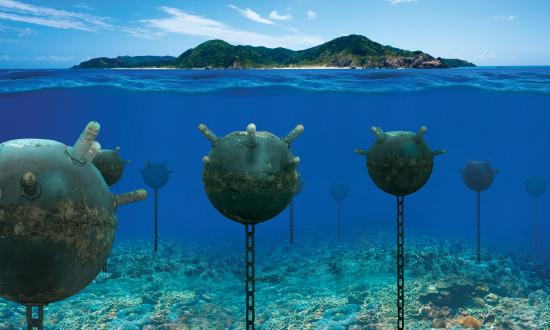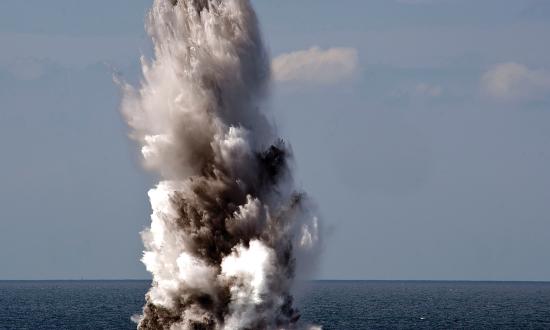The Navy’s dedicated mine warfare forces are in transition, with legacy mine countermeasures equipment being retired in favor of new technologies. But relying solely on dedicated mine warfare forces ignores the power of the main battle fleet. The battle fleet must share responsibility for the mine warfare mission. It can be the front line for mine warfare, ready to fight with the tools at hand.
The main battle fleet is highly capable of conducting both mining and mine countermeasures operations. Today’s strike groups bring fires, intelligence, protection, and command and control to the fight. They can strike against mine stockpiles and interdict/destroy enemy mining operations. Offensive mining can be conducted by carrier and maritime patrol aircraft, as well as by submarines. The submarine force can covertly deliver mines, collect intelligence, and strike at enemy mine forces and associated infrastructure.
Intelligence is critical to mine warfare, and an intelligence capability is resident in every strike group. Intelligence can provide an understanding of the operational environment and of the enemy’s capabilities and decision-making. Surface ships can carry out command-and-control for mine warfare operations. Embarked warfare commanders and their staffs can process data from mine warfare sensors and evaluate tactical information for commanders controlling mine warfare forces. The fleet that exists today can execute all of these functions.
New technologies, primarily unmanned systems, can add organic mine warfare capability. For example, surface ships are ideal for operating unmanned undersea vehicles (UUVs) and remote-control surface vessels. Destroyers and amphibious ships already have demonstrated the ability to operate off-ship sensors such as ScanEagle. Deploying either the Mk 18 Mod 2 Kingfisher UUV or the Mine Countermeasures Unmanned Surface Vehicle from a ship would give the main battle fleet an organic mine warfare capability. The fleet would be able to search the water column to identify a minefield and map out the potential location of mine-like objects for additional analysis and possible neutralization.
Other new systems such as the Airborne Mine Neutralization System (AMNS) and the Airborne Lasers Mine Detection System (ALMDS) that seek mines at shallow depths also should be provided to the main battle fleet. Pushing out the new technology is a key enabler to get the fleet into the mine warfare fight.
The Navy’s main battle fleet must face the mine threat directly and bring all its capabilities to bear. In the next conflict, there may not be time to relearn the hard lessons of sea mines. Educating and training the fleet now to conduct the mining and mine countermeasures missions is both prudent and necessary.






